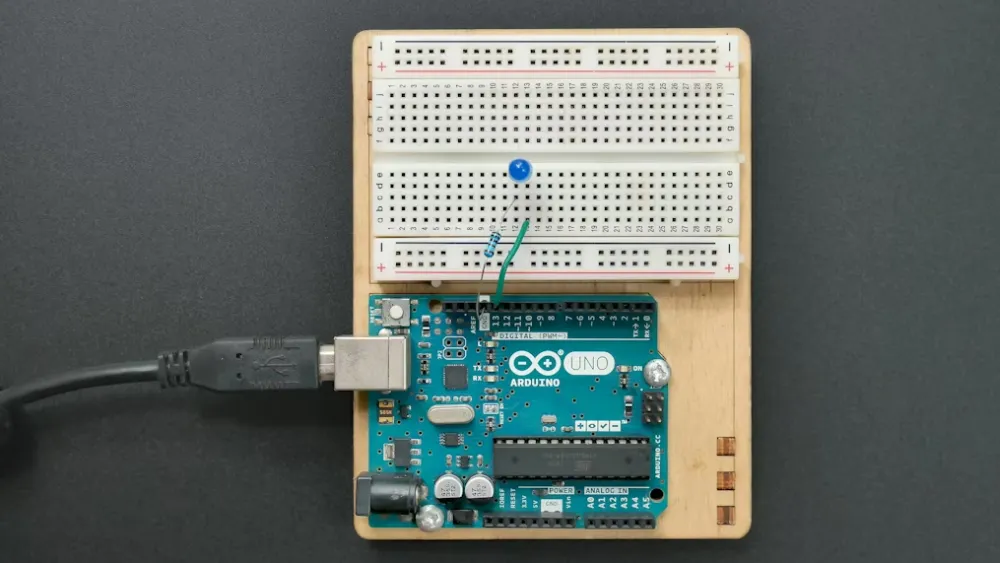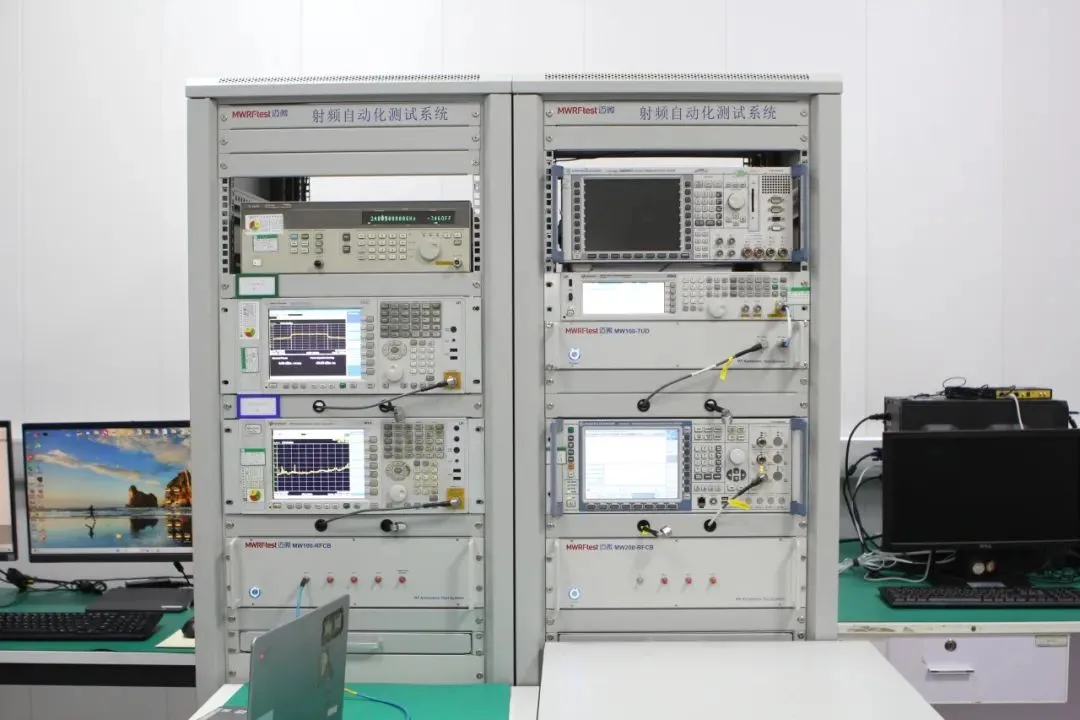
ISO 18562 Biocompatibility Assessment
Like all medical devices, those that come into contact with respiratory gases require a biocompatibility assessment. While the ISO 10993 series is well-known in the medical device industry, the ISO 18562 series, specifically for respiratory gas pathways, remains unfamiliar to many manufacturers despite its existence since 2017.
Structure of ISO 18562 Series
The starting point for biocompatibility assessment is ISO 18562-1, which outlines the testing process, planning, and data analysis. The tests themselves reference:
- ISO 18562-2: ParticULate Matter Emission Testing
- ISO 18562-3: Volatile Organic Compounds (VOC) Emission Testing
- ISO 18562-4: Testing for Leachables in Condensate
Part 1: Evaluation and Testing Within a Risk Management Process
The simplified process is as follows:
- Assess the components and materials in contact with respiratory gases for relevant biocompatibility data.
- Determine the requiRED tests, including the test devices.
- Conduct the tests.
- After obtaining emission data, calculate the dosage for patients and compare the risks with the clinical benefits of the medical device.
When selecting tests, consider not only those in ISO 18562 Parts 2 to 4 but also other substances that may raise concerns, which regulatory authorities may require to be evaluated:
- Semi-volatile organic compounds (SVOC) and very volatile organic compounds (VVOC)
- Ozone generated during operation of electrostatic or electromechanical components
- CO and CO2
- Leachables, including not only condensate but also anesthetics or other substances delivered via the respiratory tract, such as inhaled medications.
Manufacturers should determine the usage time for the test setup, influencing both the testing timeline and providing input for risk assessment.
Part 2: Tests for Emissions of Particulate Matter
ISO 18562-2 specifies methods for collecting particulate matter added to respiratory gases, including:
- A filtration method ensuring input air is clean, collecting particulate matter through the filter and measuring emissions by weighing the filter.
- A two-filter method when clean input air cannot be ensured, measuring emissions by weighing both filters before and after testing.
Additionally, particle counters can replace filters. The standard sets maximum values as follows:
- For particles with a diameter ≤ 2.5 MICrometers, > 12 micrograms/m³;
- For particles with a diameter ≤ 10 micrometers, > 150 micrograms/m³.
Important Note: Devices should operate at maximum clinically relevant flow rates.
Part 3: Tests for Emissions of Volatile Organic Compounds (VOCs)
ISO 18562-3 outlines methods for collecting VOCs and establishes TTC limits based on exposure time. The first 24 hours allow 360 µg/d, followed by 120 µg/d for 29 days, and 40 µg/d after 30 days.
For measuring VOCs, ISO 18562-3 recommends collecting the following data:
- For continuous flow devices, collect at the stated breathing volume.
- For intermittent flow devices, collect in a clinically relevant manner.
Setting the device at the highest rated ambient temperature, gas outputs should be sampled at different times as per the testing plan, followed by analysis to determine total VOC emissions and individual VOC levels.
Part 4: Tests for Leachables in Condensate
Devices that allow condensate to enter patients must also undergo leachables testing. Collect leachables using one of the following sampling methods:
- Generating and collecting condensate under clinically relevant conditions.
- Surface circulating water at representative clinical temperatures.
Extract internal gas contact surfaces per ISO 10993-12. Due to the difficulty of the first two methods, most manufacturers use the extraction method from ISO 10993-12. After obtaining extracts, perform four tests:
- Determine metal ion content.
- Conduct cytotoxicity testing per iso 10993-5.
- Conduct sensitization testing per iso 10993-10.
- Identify and quantify organic impurities.
Toxicological Risk Assessment
The final step is returning to ISO 18562-1 for a toxicological risk assessment. This assessment includes all test results and historical data, calculating the doses patients will receive. If a device applies to multiple patient categories, calculate doses for all. Once patient doses are known, compare them with existing or newly generated maximum exposure data to determine the risks posed by the medical device. This provides another input for the risk-benefit analysis for each medical device.
Is ISO 10993 Irrelevant to Respiratory Gas Pathway Devices?
No, only respiratory gases require assessment per ISO 18562; all parts of the device that may contact patients (or users or bystanders) must also be evaluated per ISO 10993.
Email:hello@jjrlab.com
Write your message here and send it to us
 Energy Storage Battery Brazil Inmetro Certificatio
Energy Storage Battery Brazil Inmetro Certificatio
 Southeast Asia Compliance Requirements for EV Char
Southeast Asia Compliance Requirements for EV Char
 Brazil ANATEL & INMETRO Certification Guide
Brazil ANATEL & INMETRO Certification Guide
 Automotive-Grade Active Crystal AEC-Q200 Certifica
Automotive-Grade Active Crystal AEC-Q200 Certifica
 How to Comply with EU GPSR
How to Comply with EU GPSR
 U.S Cosmetics Require FDA Registration for Customs
U.S Cosmetics Require FDA Registration for Customs
 Interpretation of IEC/EN/AS 62477-1:2022 Standard
Interpretation of IEC/EN/AS 62477-1:2022 Standard
 What is Amazon TIC and How Can Sellers Achieve Com
What is Amazon TIC and How Can Sellers Achieve Com
Leave us a message
24-hour online customer service at any time to respond, so that you worry!




